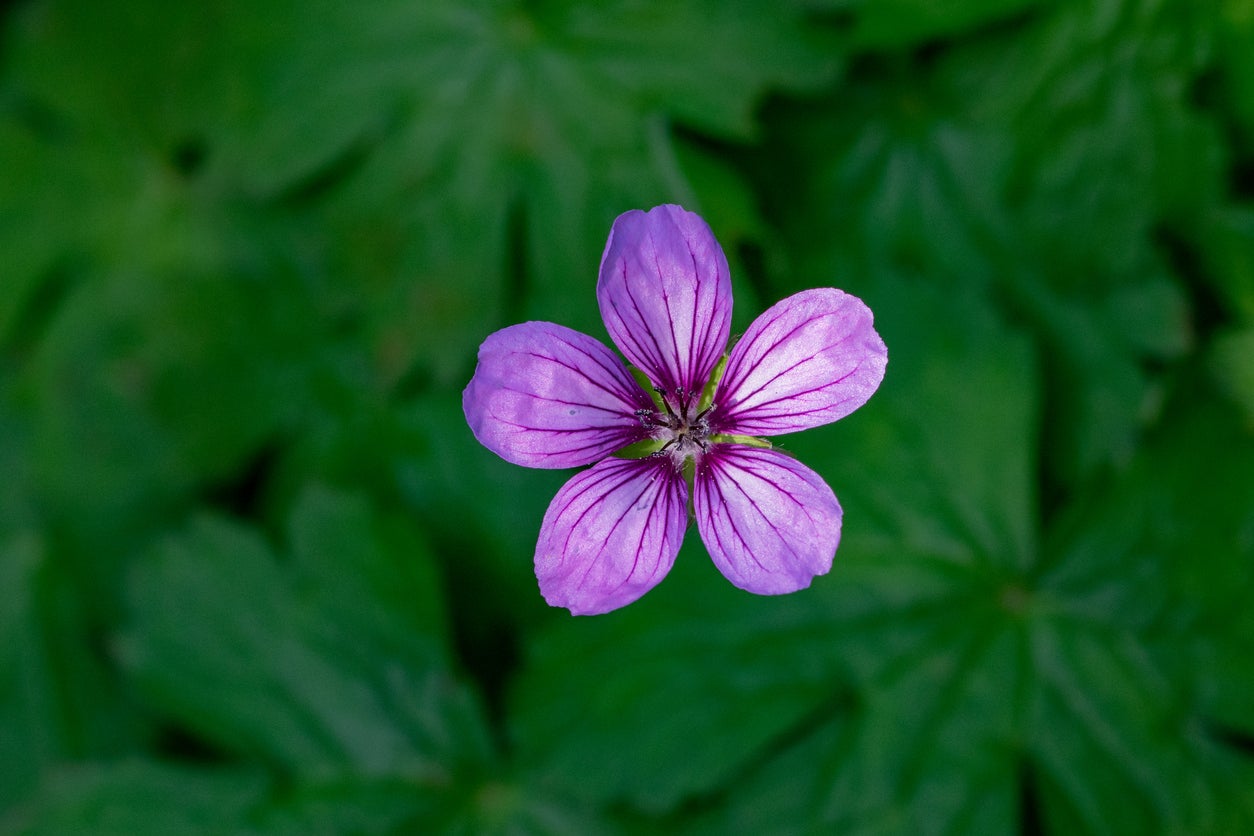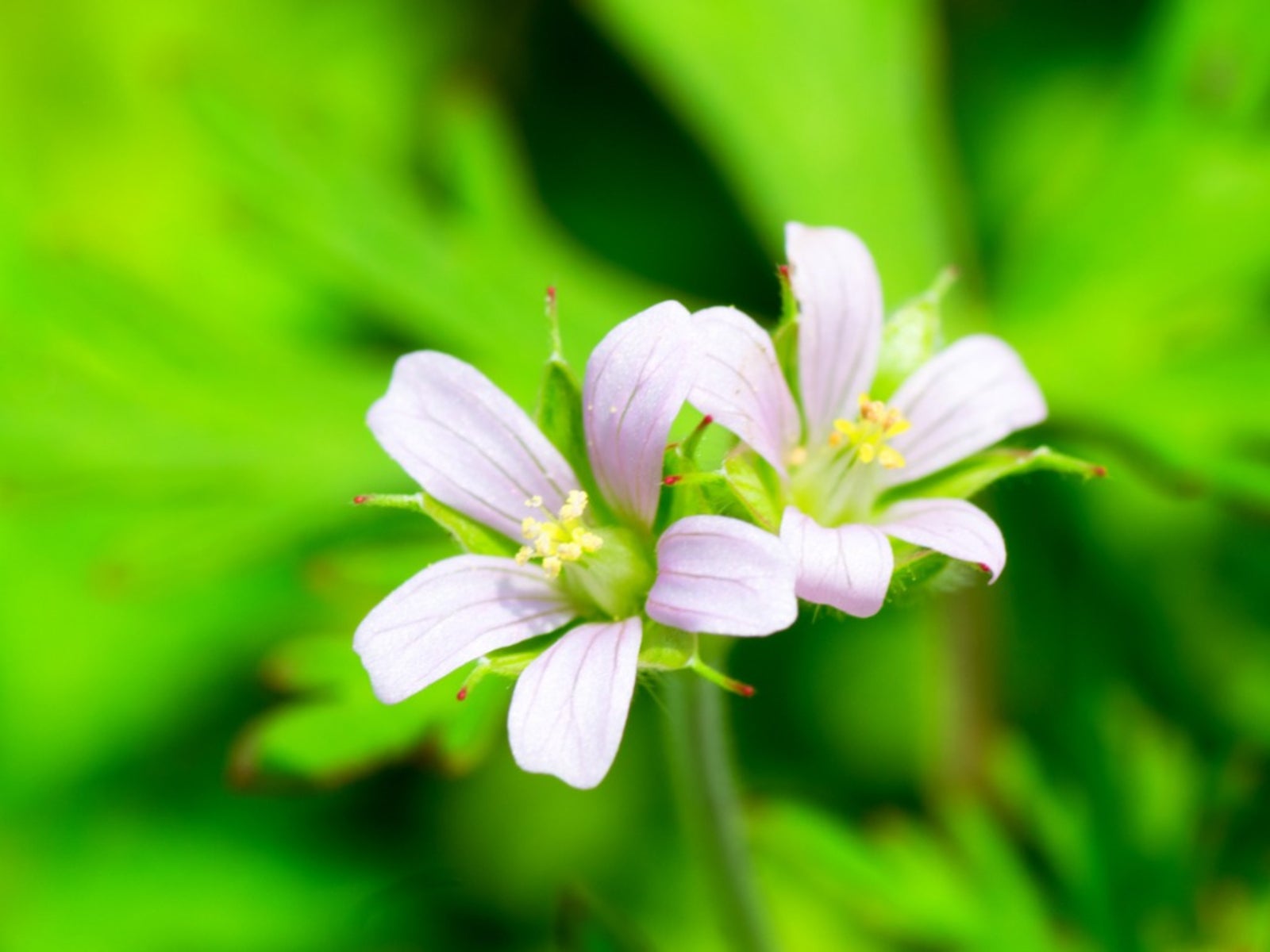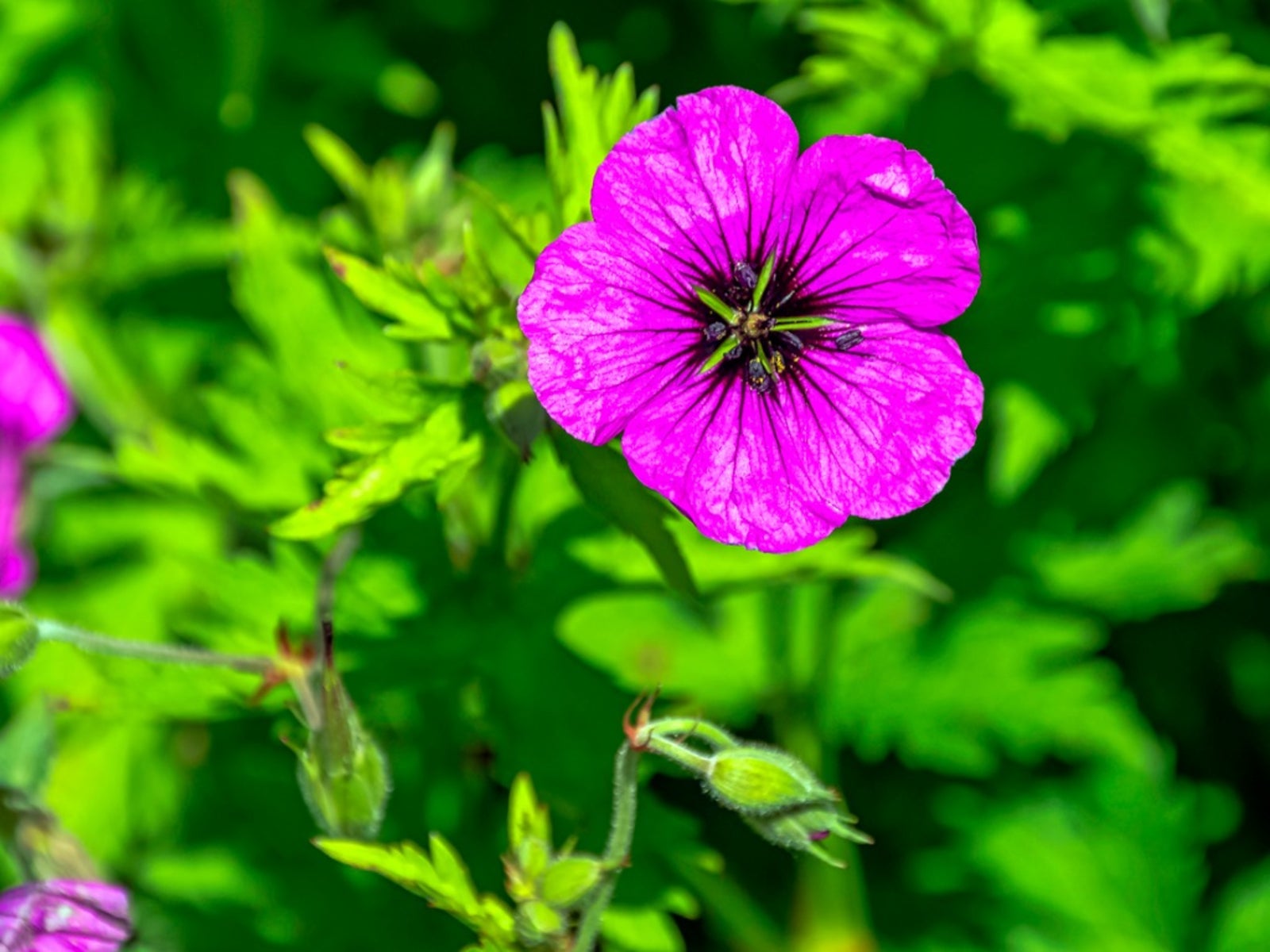Tuberous Geranium Plants: How To Grow A Tuberous Cranesbill Flower


What are tuberous geranium plants? What is a tuberous cranesbill? How are they different from the familiar geranium we all know and love? Keep reading to find out.
About Tuberous Geranium Plants
The familiar scented geraniums are actually not true geraniums; they are pelargoniums. Tuberous geraniums, also known as hardy geraniums, wild geraniums, or cranesbill, are their slightly wild cousins.
The pelargoniums growing in a container on your patio are annuals, while tuberous geranium plants are perennials. Although the two plants are related, they are very different. For starters, tuberous geranium plants vary substantially from pelargonium in color, shape, and blooming habits.
As the name implies, tuberous geranium plants spread via underground tubers. In spring, clumps of rosy lavender blooms marked with dark purple veins rise on wiry stems above lacy-looking foliage. Seedpods that appear at the end of the season look like crane’s beaks, thus the name “cranesbill.”
Planting Tuberous Geraniums
Suitable for growing in USDA plant hardiness zones 5 through 9, tuberous geranium plants may look delicate, but they’re actually very tough. The pretty woodland plants are also easy to grow. Here’s how:
- Choose a planting location carefully. Tuberous cranesbill flowers can be rambunctious, so be sure they have room to spread.
- These plants tolerate nearly any soil, but they perform best in moderately fertile, well-drained soil – much like conditions in their natural environment.
- Full sun is okay, but a little shade or dappled sunlight is best, especially if you live in a climate with hot summers.
- Plant tubers about 4 inches (10 cm.) deep in spring or fall. Water well after planting. Tuberous geranium plants are drought tolerant once established.
- Remove wilted blooms (deadhead) to extend the blooming period.
- Tuberous geraniums are cold hardy, but a generous layer of mulch such as compost, chopped leaves, or fine bark will protect the roots during the winter.
Gardening tips, videos, info and more delivered right to your inbox!
Sign up for the Gardening Know How newsletter today and receive a free copy of our e-book "How to Grow Delicious Tomatoes".

A Credentialed Garden Writer, Mary H. Dyer was with Gardening Know How in the very beginning, publishing articles as early as 2007.
-
 12 Lush Alternatives To A Lawn For Sustainable Spaces
12 Lush Alternatives To A Lawn For Sustainable SpacesAlternatives to a lawn are beautiful and also beneficial to your local ecosystem and its pollinators. Explore our top picks for plants to replace grass.
By Tonya Barnett
-
 Types Of Tomatoes Explained: Explore The Many Wonderful Shapes, Colors, Flavors, & Best Uses
Types Of Tomatoes Explained: Explore The Many Wonderful Shapes, Colors, Flavors, & Best UsesThe world of tomato varieties is vast and fascinating. Learn about the key types to grow in your garden, tailored to your preferences and space.
By Amy Grant
-
 What Is Carolina Geranium – Tips On Growing Carolina Cranesbill
What Is Carolina Geranium – Tips On Growing Carolina CranesbillCarolina geranium was used for hundreds of years by Native American tribes as a valuable medicinal herb. What is Carolina geranium? Click this article for the answer, as well as tips on growing Carolina cranesbill in the garden.
By Darcy Larum
-
 Hardy Geranium Plants - Growing Hardy Cranesbill Geranium And Its Care
Hardy Geranium Plants - Growing Hardy Cranesbill Geranium And Its CareWhen searching for flowers that are adaptable, compact, and long-blooming, consider hardy geranium plants. Learn more about growing hardy cranesbill geranium in this article.
By Becca Badgett